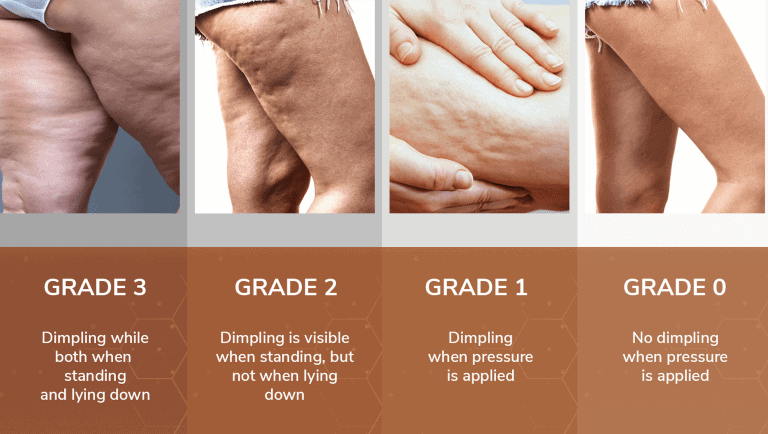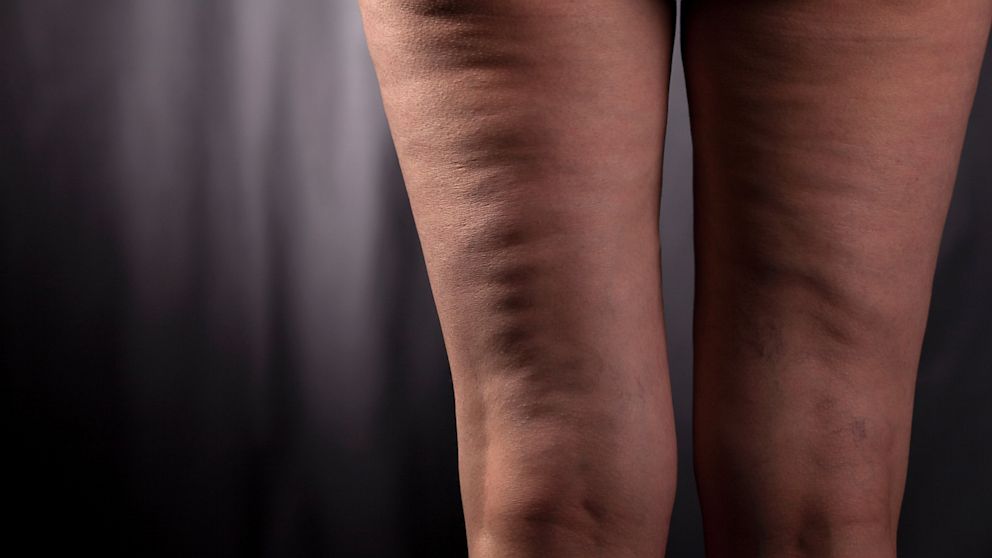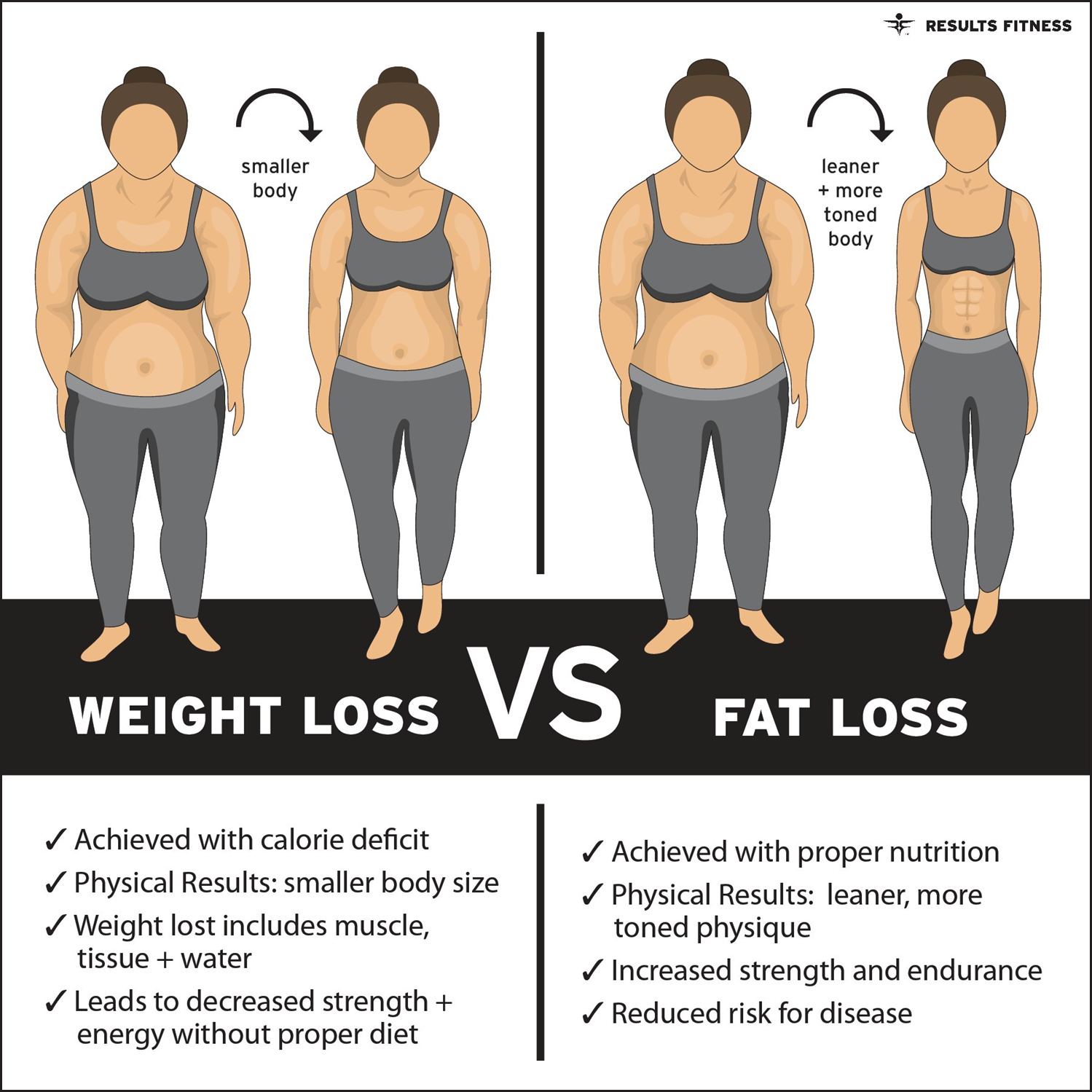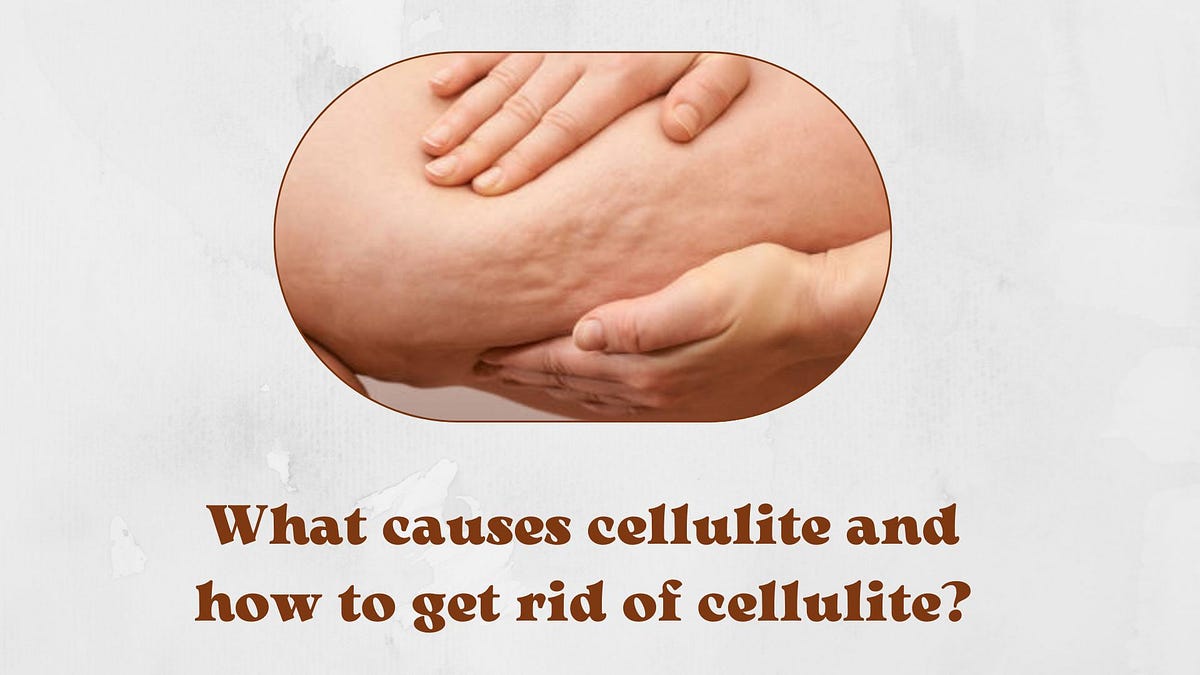Does Cellulite Go Away When You Lose Weight

For many, weight loss is a journey undertaken not just for improved health, but also for aesthetic reasons, including the desire to diminish the appearance of cellulite. The question remains: does shedding pounds automatically lead to smoother, dimple-free skin? The answer, as with many aspects of the human body, is complex and nuanced.
This article explores the intricate relationship between weight loss and cellulite, examining the underlying causes of cellulite, the impact of weight fluctuations, and the various strategies individuals can employ to address this common concern. It aims to provide an evidence-based understanding of what to expect when embarking on a weight loss journey with the hope of reducing cellulite.
Understanding Cellulite: More Than Just Fat
Cellulite, affecting an estimated 80-90% of post-pubescent women, is characterized by the dimpled appearance of the skin, often on the thighs, buttocks, and abdomen. It's crucial to understand that cellulite is not simply excess fat.
Instead, it's a complex interplay of factors, including the structure of connective tissue, hormonal influences, and genetics. Women tend to have vertical connective tissue bands that tether the skin to underlying muscle, creating compartments where fat can bulge, leading to the characteristic dimpling effect.
Weight Loss and Cellulite: A Mixed Bag
Losing weight can, in some cases, reduce the appearance of cellulite. Reducing overall body fat can shrink the fat cells within those compartments, potentially making the dimpling less noticeable.
However, weight loss doesn't always guarantee a significant improvement. In some instances, losing weight can even make cellulite appear more prominent. This is often due to the skin losing elasticity and becoming looser as fat is shed, exacerbating the appearance of existing dimples.
The Role of Skin Elasticity
Skin elasticity plays a significant role in how weight loss affects cellulite. As we age, our skin naturally loses collagen and elastin, the proteins responsible for its firmness and elasticity.
If skin lacks sufficient elasticity, it may not retract smoothly after weight loss, leading to a more pronounced appearance of cellulite. Furthermore, rapid weight loss can compound this effect, as the skin doesn't have enough time to adjust and tighten properly.
Factors Influencing Cellulite Appearance After Weight Loss
Several factors determine whether weight loss will improve or worsen the appearance of cellulite. These include genetics, age, body composition, and the rate of weight loss.
Individuals with a strong genetic predisposition to cellulite may find it more resistant to change through weight loss alone. Similarly, older individuals with less skin elasticity may not see as much improvement as younger individuals. The type of weight loss method employed is also significant; a balanced approach including diet and exercise is generally more effective than crash dieting.
Beyond Weight Loss: A Multifaceted Approach
While weight loss can be a component of a cellulite reduction strategy, it's rarely a complete solution. A more holistic approach, combining weight management with other interventions, often yields better results. Consider the following aspects:
Diet and Exercise
A healthy diet rich in fruits, vegetables, and lean protein can support overall skin health and improve circulation. Regular exercise, including both cardio and strength training, can help build muscle and improve skin tone, potentially reducing the appearance of cellulite.
Topical Treatments
Various topical creams and lotions claim to reduce cellulite, often containing ingredients like caffeine, retinol, or aminophylline. While some may provide temporary improvements by dehydrating fat cells or stimulating collagen production, their long-term effectiveness is generally limited.
Professional Treatments
Several professional treatments are available for cellulite reduction, including laser therapy, radiofrequency treatments, and mechanical massage. These treatments aim to break down fat cells, stimulate collagen production, or improve lymphatic drainage.
The effectiveness of these treatments varies, and they often require multiple sessions and maintenance treatments to achieve desired results. Always consult with a qualified dermatologist or cosmetic surgeon to determine the best course of action.
The Importance of Realistic Expectations
It's crucial to approach cellulite reduction with realistic expectations. While significant improvements are possible, complete elimination is often not achievable.
Focusing on overall health and well-being, rather than solely on eradicating cellulite, is a more sustainable and positive approach. Embracing a healthy lifestyle, including a balanced diet, regular exercise, and proper skincare, can contribute to improved confidence and body image, regardless of the presence of cellulite.
Conclusion: A Personalized Journey
The relationship between weight loss and cellulite is highly individual. While weight loss can potentially reduce the appearance of cellulite by shrinking fat cells, it's not a guaranteed solution and can, in some cases, make it more prominent.
A multifaceted approach, combining weight management with other interventions like topical treatments and professional procedures, may offer more comprehensive results. Ultimately, the most effective strategy is a personalized one, tailored to individual factors like genetics, age, and skin elasticity. Consulting with healthcare professionals can help individuals make informed decisions and set realistic expectations for their cellulite reduction journey.


















